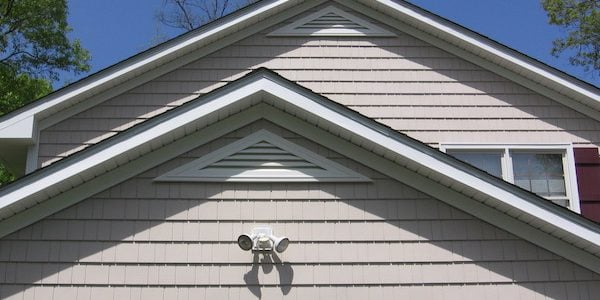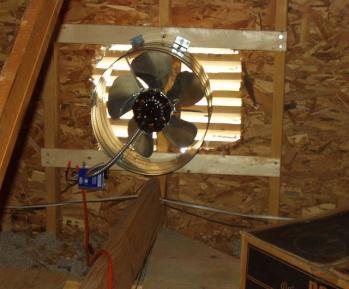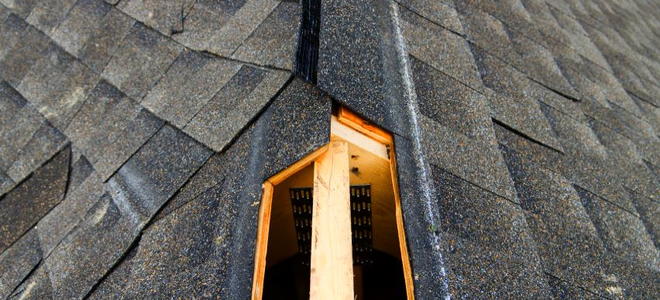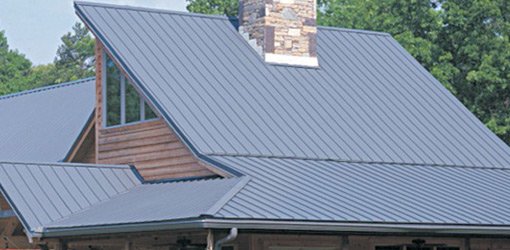Calculations indicate that on a july day in texas a ventilation rate of one air change per minute for a typical attic using 95 degree f air will lower the peak attic temperature to about 101 degrees f.
Configuring attic ventilation based on outside temperture.
This design is less efficient when hvac equipment and ductwork is in the attic space.
So my house burned down a couple of years ago.
Luckily my wife and i were upstairs and hear the rafters crackling looked outside and saw the wall of fire and got our.
A standard powered exhaust vent turns on when the temperature inside the attic.
Providing half air change per minute will lower the temperature to about 106 degrees f.
If your attic soars above 100 degrees and reaches the 150 mark its time to consult professionals.
As figure 1 demonstrates if the outside air is 32 c 90 f and 70 percent rh it is drier than interior attic space which is 43 c 110 f at 40 percent or higher rh.
Ideal attic temperatures shouldn t be more than 10 to 20 degrees hotter than outside temperatures.
Then stack effect is the prime air mover driven by the attic to outside air temperature difference.
Attic temperature depends on the amount of solar radiation construction details and the rate of ventilation.
Lowering the temperature in the attic can lower the temperature in the rest of the home reducing the amount of time the home s air conditioner spends running.
But in the winter the amount of water vapor that the air can hold is substantially lower.
Attic ventilation works on the principle that heated air naturally rises primarily utilizing two types of vents.
In these instances systems have a harder time maintaining the desired temperature.
Be it winter or summer the goal is to keep the ventilated attic as close as possible to the outside temperature.
A well ventilated attic helps to avoid problems with moisture and heat buildup.
Roof shingle temperatures will be higher during no wind conditions leading to a higher heat load on the attic.
Attic fans draw cooler outside air into the hot attic area through attic vents located either on the roof or on the wall near the gable to reduce the space s temperature.
Therefore the greatest need for attic ventilation is when there is little wind pressure to force air in and out of the attic.




























